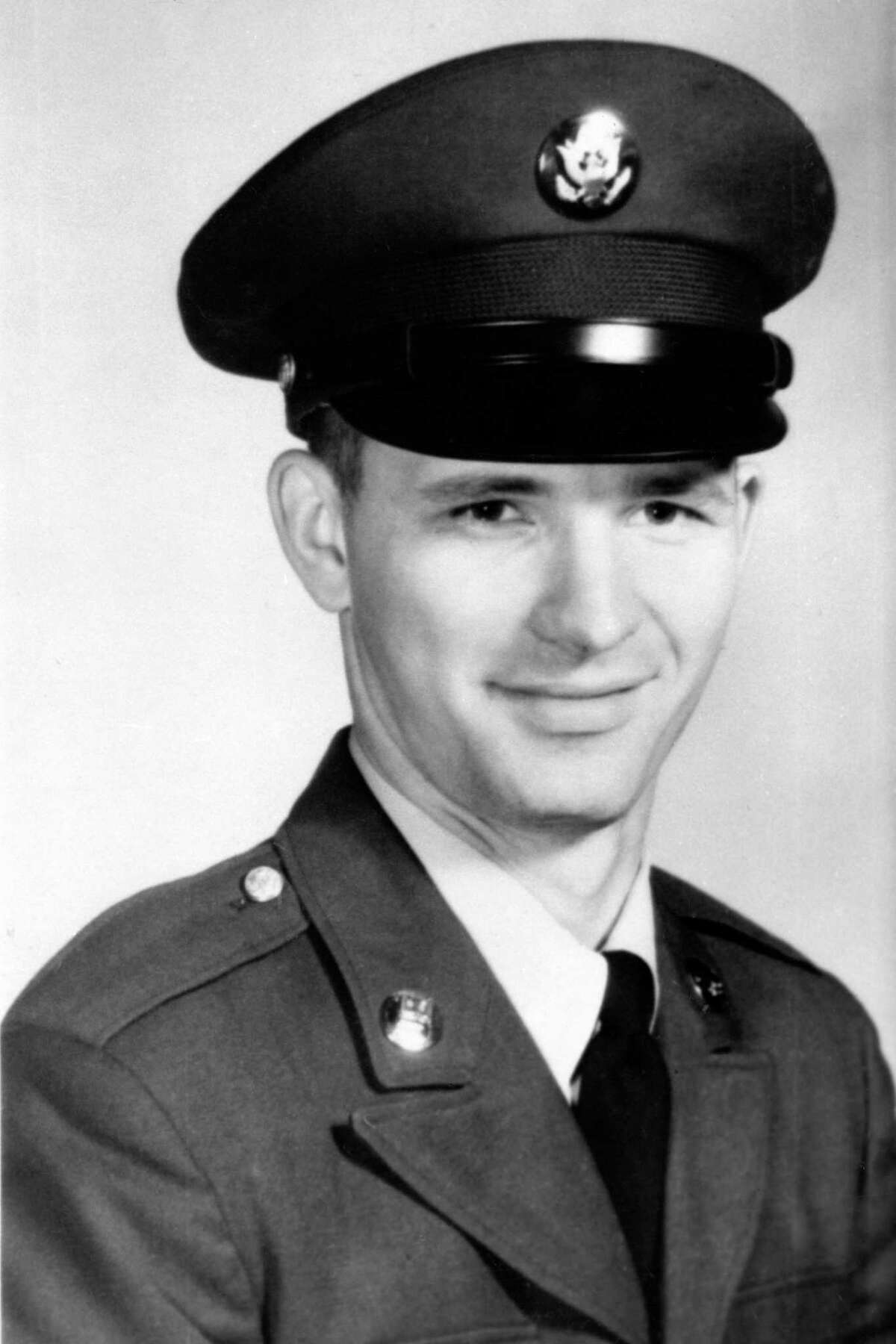
1939 - 1973
Dean Arnold Corll
Summary
Name:
Nickname:
The Candy Man / The Pied PiperYears Active:
1970 - 1973Birth:
December 24, 1939Status:
DeceasedClass:
Serial KillerVictims:
28+Method:
Strangulation / ShootingDeath:
August 08, 1973Nationality:
USA
1939 - 1973
Dean Arnold Corll
Summary: Serial Killer
Name:
Dean Arnold CorllNickname:
The Candy Man / The Pied PiperStatus:
DeceasedVictims:
28+Method:
Strangulation / ShootingNationality:
USABirth:
December 24, 1939Death:
August 08, 1973Years Active:
1970 - 1973bio
Dean Corll, born in Fort Wayne, Indiana, on December 24, 1939, was the eldest son of Mary Robinson and Arnold Edwin Corll. He had a younger brother named Stanley. Growing up, Dean faced challenges, as his parents' marriage was tumultuous, leading to their divorce when he was seven years old. Following the divorce, Dean and his brother moved with their mother to Memphis, Tennessee.
In Memphis, Dean's mother remarried, but he had a strained relationship with his stepfather. Despite the difficulties at home, Dean was described as a polite and well-behaved child by his teachers and classmates. He was an average student academically and participated in various activities, including the Boy Scouts.
In 1948, when Dean was nine years old, the family relocated again, this time to Houston, Texas. In Houston, Dean's mother opened a candy company, which later became successful. However, the move didn't alleviate the family's troubles, as Dean's relationship with his stepfather remained strained.
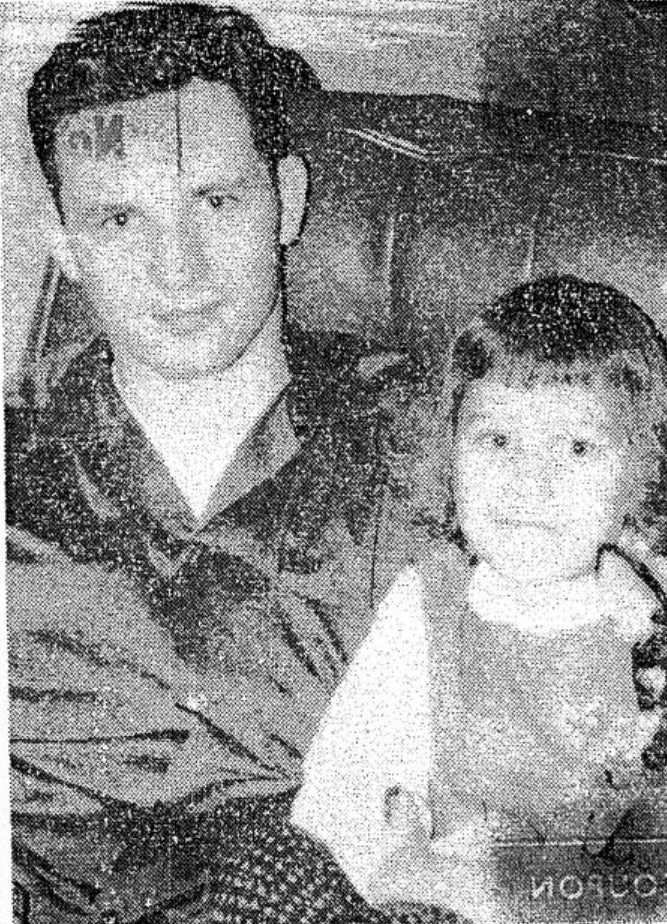
During his teenage years, Dean worked at his mother's candy company, where he was known for his hard work and diligence. Despite his reserved nature, he was well-liked by his coworkers. However, he struggled with his personal life, experiencing feelings of isolation and difficulty forming close relationships.
After graduating from high school in 1958, Dean briefly attended college but dropped out after a year. He then enlisted in the United States Army, where he served from 1958 to 1962. During his time in the Army, Dean was stationed in Fort Polk, Louisiana, and Fort Hood, Texas, where he trained as a radio repairman. His military service provided structure and discipline, but it did not alleviate his feelings of loneliness and alienation.
Following his discharge from the Army, Dean returned to Houston and resumed working at his mother's candy company. It was during this time that he met David Brooks, a teenager who would become one of his closest associates. Dean and David developed a close bond, with David eventually moving in with Dean and his mother.

murder story
Corll's reign of terror began in 1970. Operating from his position as a candy factory owner, he and his young accomplices, Elmer Wayne Henley and David Brooks, deceived teenage boys into precarious situations. They used the promise of parties at Corll's residences, including the infamous house at 2020 Lamar Drive, to lure their victims into traps.
Henley and Brooks, initially manipulated by gifts and money, became active participants in Corll's plans. They were deeply involved in both attracting and controlling the victims, caught in a cycle of violence and manipulation.
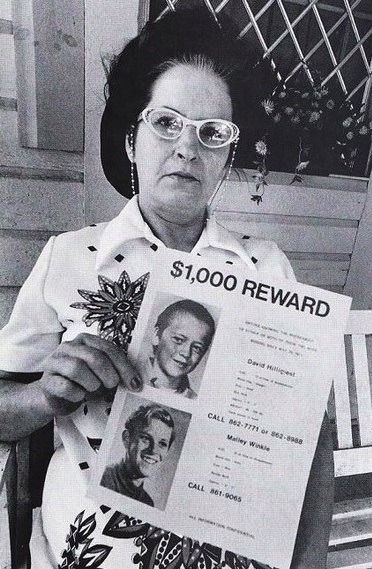
In early 1971, Dean Corll, with the help of an accomplice, tragically ended the lives of three young boys from Houston Heights. Fifteen-year-old Randell Harvey disappeared on his way to work at a gas station and was later found harmed at Corll’s apartment. In May, 13-year-old David Hilligiest and 16-year-old Gregory Malley Winkle were also taken by Corll. They were last seen together one afternoon before being found at another location Corll used. All three were discovered in a remote area of a boat shed.
In a small boat shed, two prison helpers started to dig through the soft ground made of crushed shells. They quickly discovered the remains of a young boy with blond hair, wrapped in clear plastic and gently covered with a layer of lime beneath the earth. As the police dug deeper, they found more victims, each in different conditions but many wrapped in thick, clear plastic. Some of the boys had been harmed with a gun, while others had suffered from being tightly bound around their necks.
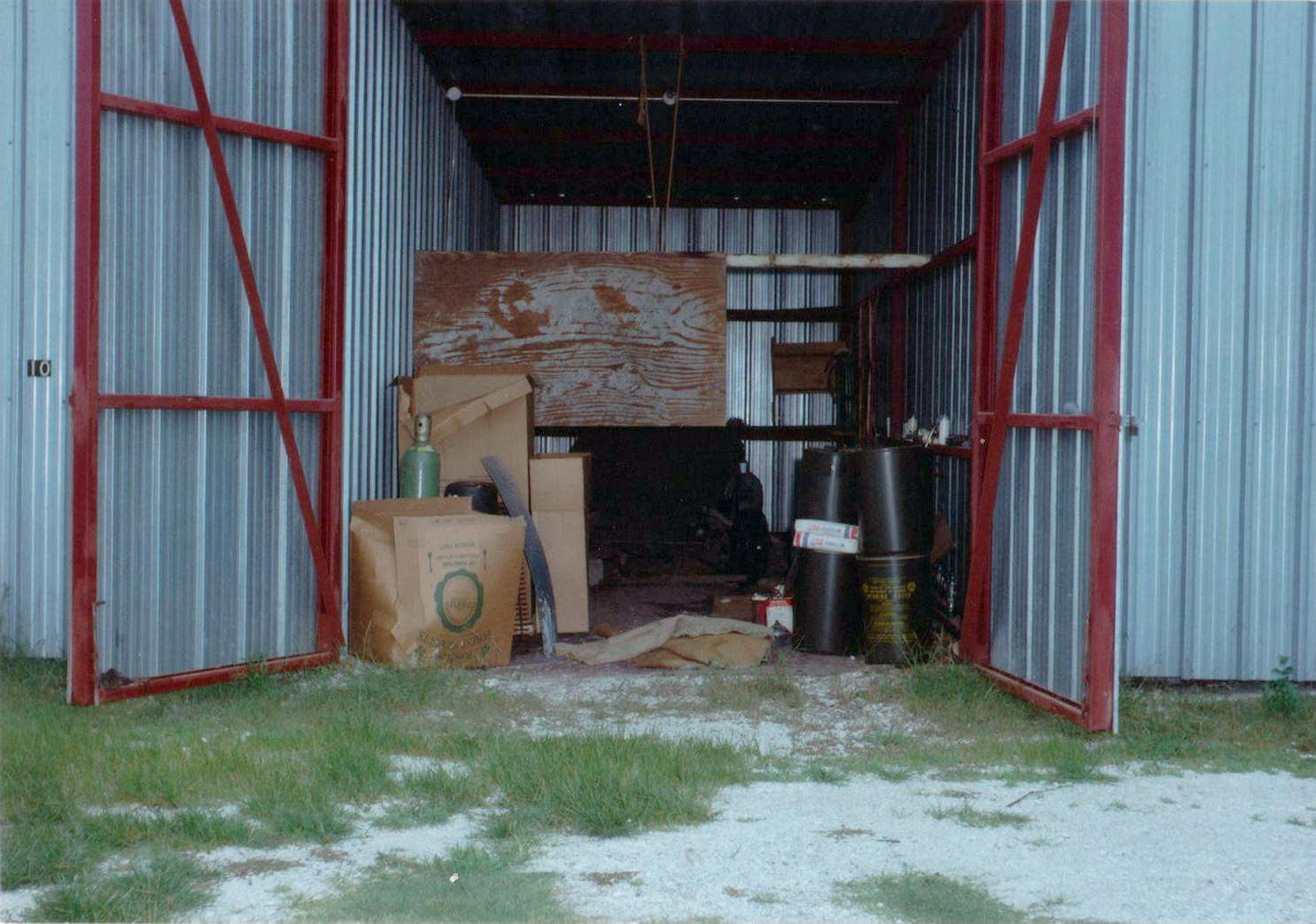
Everything escalated to a critical point on August 8, 1973. An argument between Corll and Henley escalated dramatically, resulting in Henley fatally shooting Corll. Immediately afterward, Henley contacted the police, which led to a significant breakthrough in the case.
Following Corll’s death, the police launched an exhaustive investigation. Henley and Brooks were quickly arrested, and their confessions helped law enforcement piece together the extent of the crimes. Searches at the Lamar Drive house and other locations tied to Corll unearthed evidence of numerous victims.
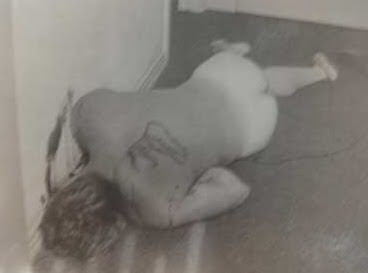
Between September 1970 and August 1973, Dean Corll and his accomplices took the lives of at least 28 young people, though many suspect there were more victims. Tragically, the full extent of his actions remained unclear because Corll was stopped before his crimes were fully uncovered. To date, 27 victims have been identified, and although the remains of one, known as Mark Scott, have not been found, his fate is certain. The methods used to end these young lives included shooting and strangulation, often combining both.
On January 30, 1971, two brothers, Donald Wayne Waldrop, 15, and Jerry Lynn Waldrop, 13, disappeared while on their way to discuss starting a bowling league with a friend. Tragically, they never made it. Donald and Jerry, the youngest of those harmed by Corll, were taken by him on the same day. It was later revealed that their father was working on an apartment right next to Corll's place when the boys met their untimely fate. The next day, both were sadly gone, and they were found buried together in a hidden spot inside Corll’s boat shed.
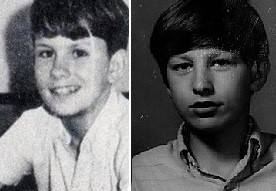
On October 3, 1972, thirteen-year-old Richard Edward Hembree was last seen with a friend in a car parked outside a grocery store in the Heights neighborhood. Tragically, he met a terrible fate at Corll's Westcott Towers residence, where he was harmed in a very severe way and ultimately lost his life.
On August 3, 1973, thirteen-year-old James Stanton Dreymala disappeared after he was last seen riding his bike in Pasadena. A devoted member of a Seventh-day Adventist family, James had called his parents earlier to tell them he was at a party across town. Tragically, he never returned home; his life was taken, and he was quietly laid to rest in an old boat shed.
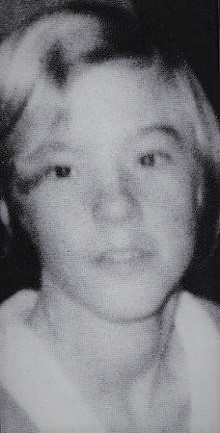
In February 1975, while investigating, Houston Police Department found many inappropriate photos and films showing young boys, some as little as eight years old. Many were from the Heights area. Of the sixteen people shown in these images, eleven were sadly recognized as victims of Corll's crimes by that time. The rest were young when the images were taken, though they were older by the time the police found the materials. This indicated that these photos and films had been collected over several years.
Despite Dean Corll's claims of connections to a larger criminal network, there's no strong evidence that he ever recruited his victims through this group. The police didn't fully explore this lead, and neither Elmer Wayne Henley nor David Brooks mentioned meeting anyone from such an "organization." They also never saw any of the victims being harmed or freed after their capture. However, some arrests in Santa Clara hinted that there might be some truth to Brooks's statement that Corll had mentioned burying his earliest victims in California.
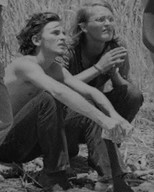
Elmer Wayne Henley is currently serving his life sentence at the Mark Stiles Unit in Jefferson County, Texas. Despite multiple attempts to gain parole since his first application in July 1980, all have been turned down. He will have another chance to apply for parole in October 2025. Meanwhile, David Brooks served his life sentence at the Terrell Unit near Rosharon, Texas. His life came to an end on May 28, 2020, at the age of 65, due to complications from COVID-19, and he was laid to rest at Captain Joe Byrd Cemetery in Walker County.
In June 2008, Dr. Sharon Derrick, a forensic anthropologist from Houston, shared digital images of three victims from the Corll case who had not yet been identified. These victims, known only by their case numbers ML73-3349, ML73-3356, and ML73-3378, were discovered without any personal identification. Two of them had been found in a boat shed and it was thought that they lost their lives in either 1971 or 1972. The third, ML73-3378, was found very close to another victim, Homer Garcia, who had vanished on July 7, 1973, at Lake Sam Rayburn.